Preparing for Your Lead Inspection

When getting a lead dust inspection, ensure all paint is intact. There should be no peeling, chipping, cracking, or flaking paint. This includes paint you know does not contain lead.
Visually inspect the following interior components for defective paint.
- Air Conditioners
- Balustrades
- Banisters
- Baseboards
- Beams
- Cabinets
- Ceilings
- Chair Rails
- Columns
- Countertops
- Crown Moldings
- Doors
- Electrical Fixtures
- Fireplaces
- Floors
- Handrails
- Newel Posts
- Radiators
- Shelf Supports
- Shelves
- Stair Stringers
- Stair Treads
- Stair Risers
- Stools and Aprons
- Trims
- Walls
- Window Sills, Wells, Sashes
Visually inspect the following exterior components for defective paint.
- Air Conditioners
- Balcony
- Balustrades
- Chimneys
- Columns
- Corner Boards
- Doors and Trims
- Downspouts
- Fascia
- Fences
- Garage
- Gates
- Gutters
- Joists
- Handrails
- Lattices
- Patio
- Play Equpment
- Porch
- Roof
- Railing Caps
- Rake Boards
- Shed
- Siding
- Soffits
- Stair Risers and Treads
- Window Sashes
- Window and Trims
There should be no debris on floors. The inspector will take dust wipe samples from floors and window sills or window wells. Clean these surfaces thoroughly.
Do the following when cleaning up any dust or debris:
- Use HEPA vacuum to clean up dust and debris on all surfaces, followed by
- Wet wiping with plenty of clean rinse water (at least twice) OR
- Hire a professional to clean
The inspector will not take dust wipe samples if any paint is not intact or dust or debris is found on the floor
Avoid the following:
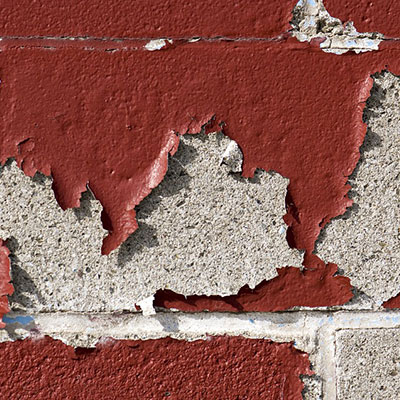
Peeling paint on concrete wall
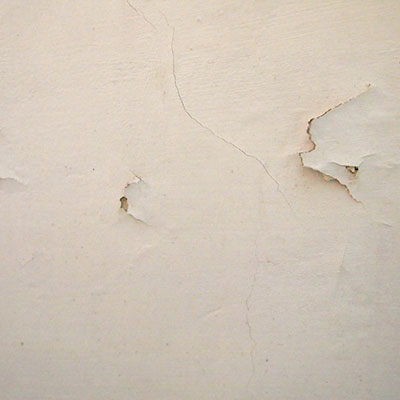
Flaking paint on wall
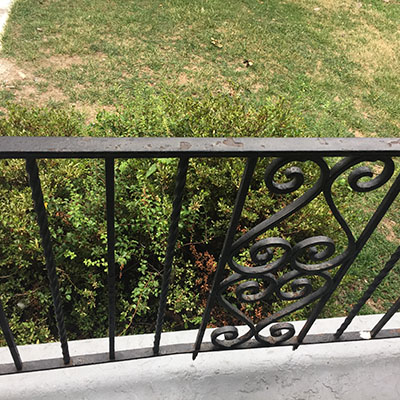
Chipped paint on railing
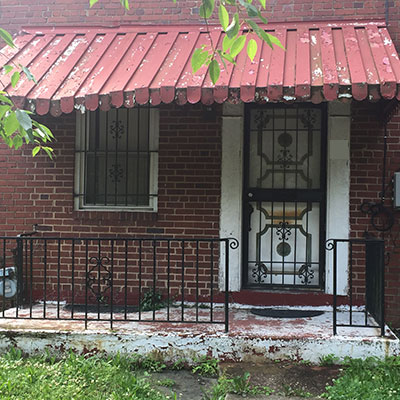
Flaking exterior paint
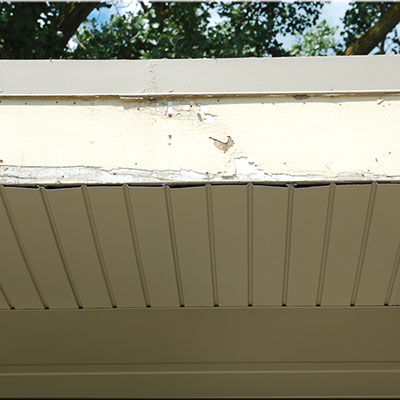
Chipped fascia
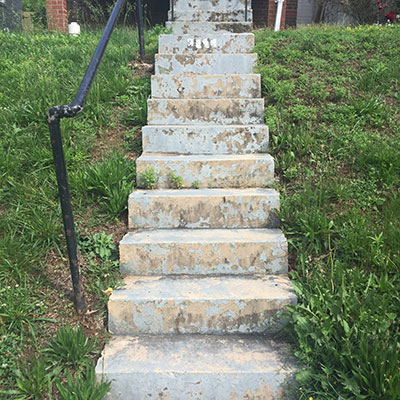
Chipped steps
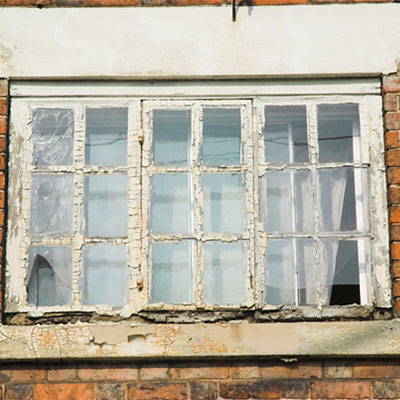
Cracking paint on window
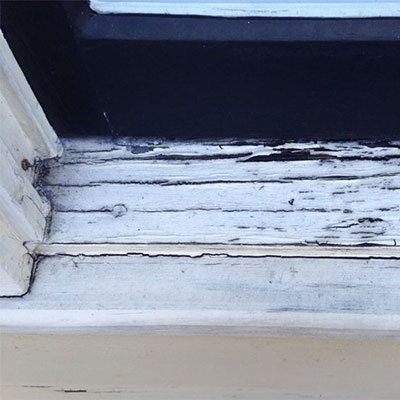
Chipped window sill
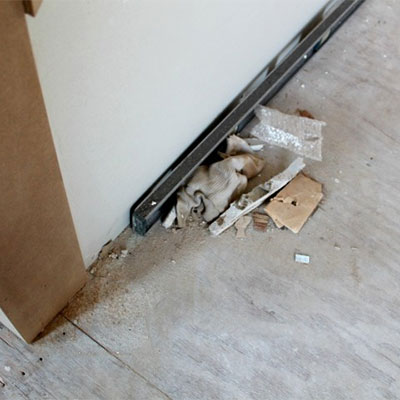
Debris
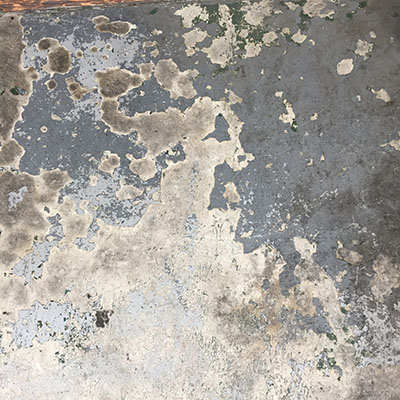
Cracking paint on concrete floor
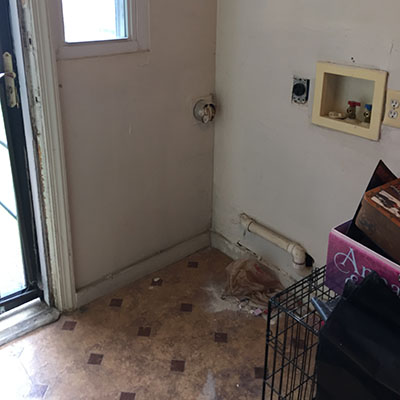
Dirt debris in corner
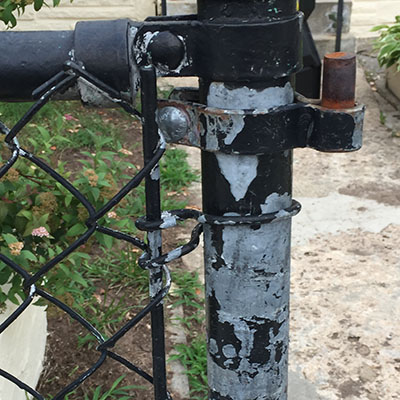
Flaking paint on fence
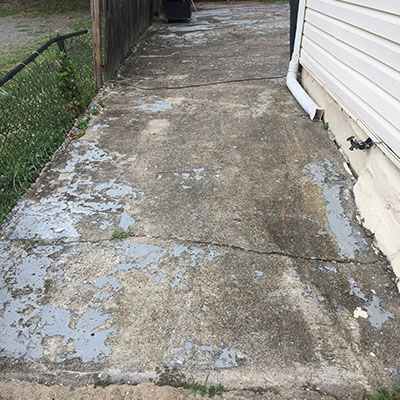
Flaking paint on exterior concrete
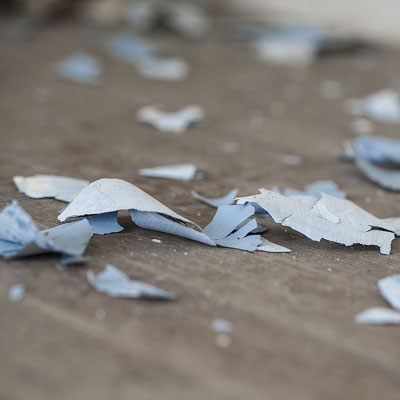
Paint chips on floor
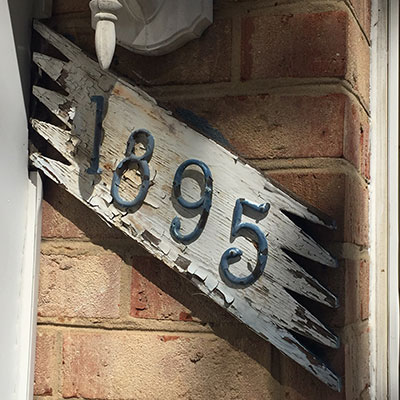
Peeling paint on plaque
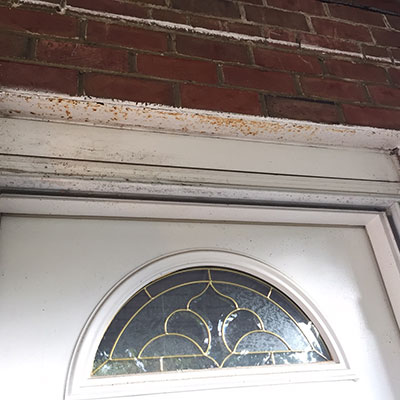
Cracking paint on lintel
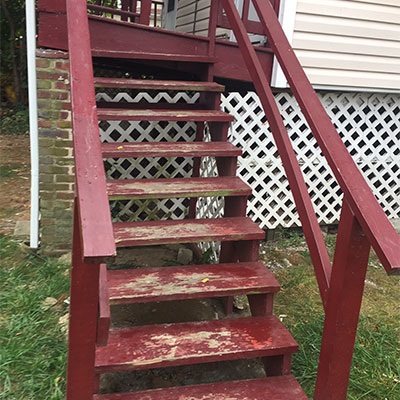
Peeling paint on steps